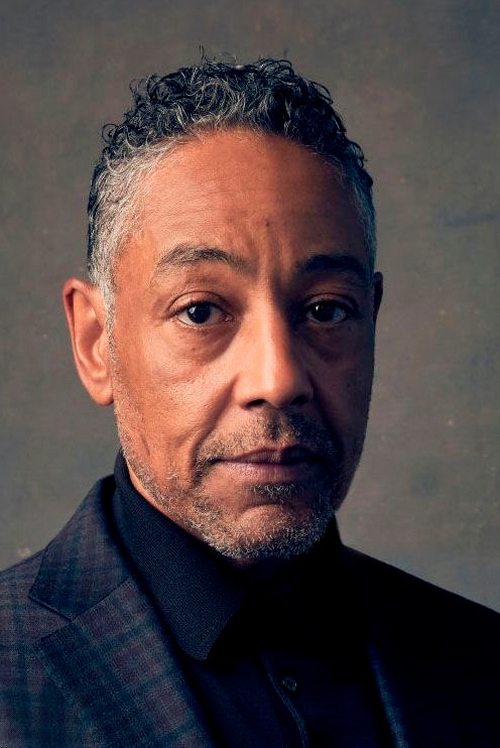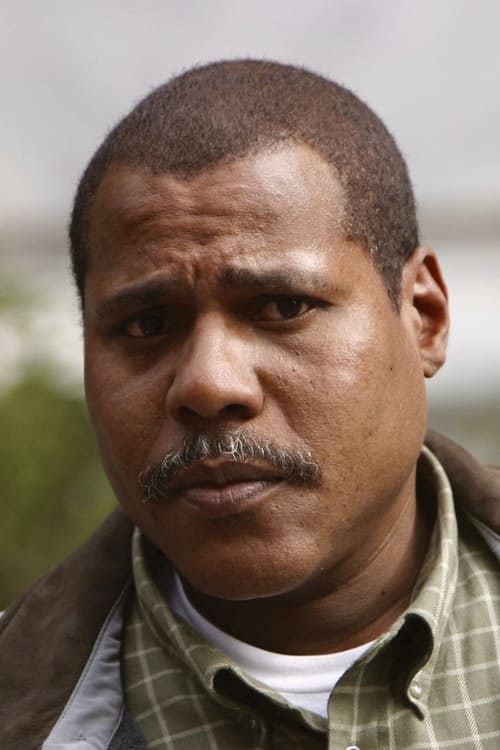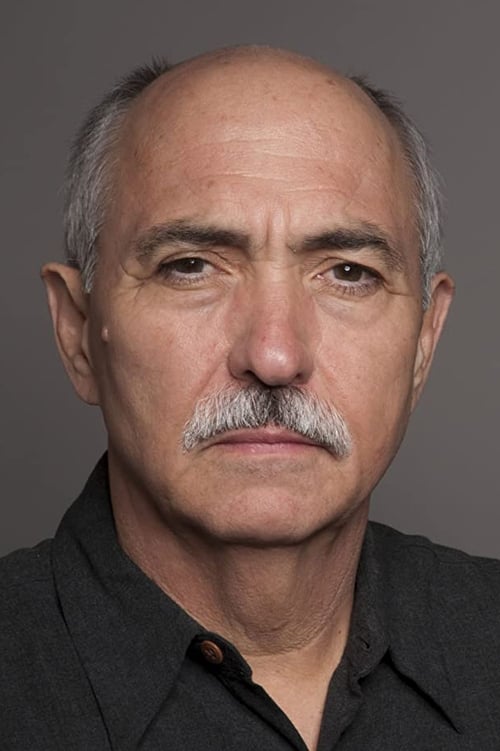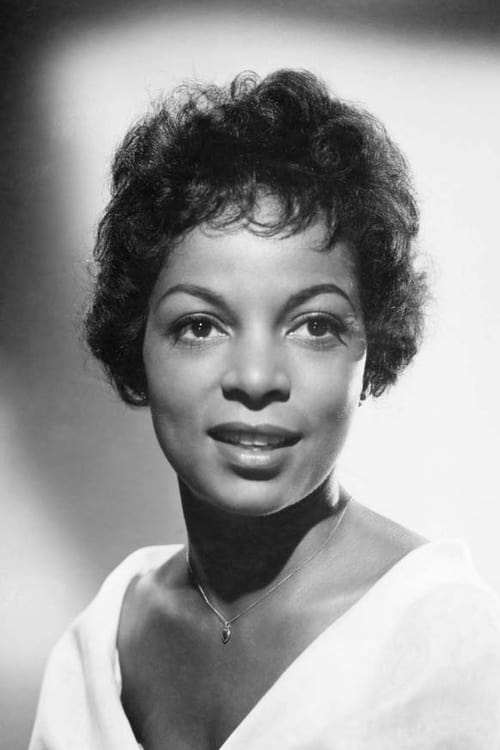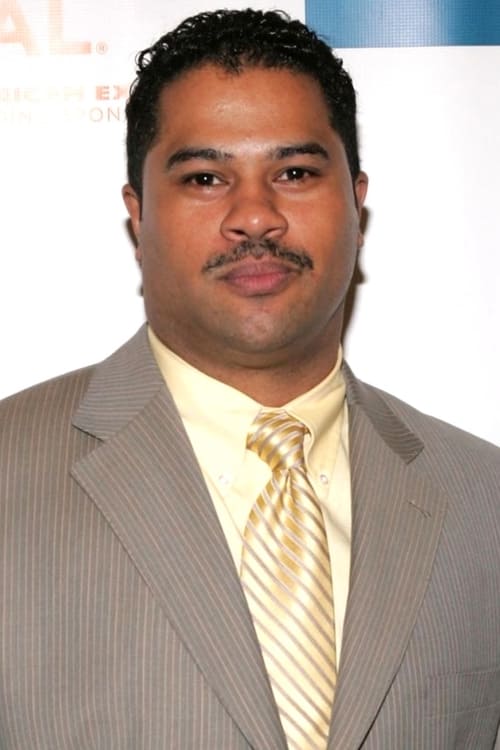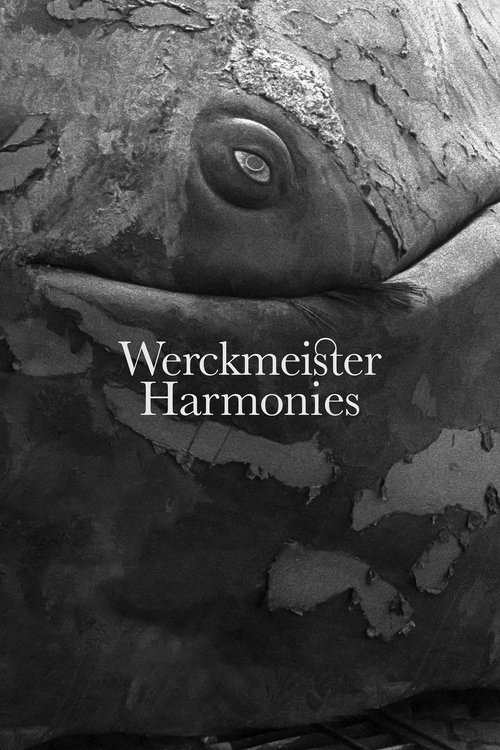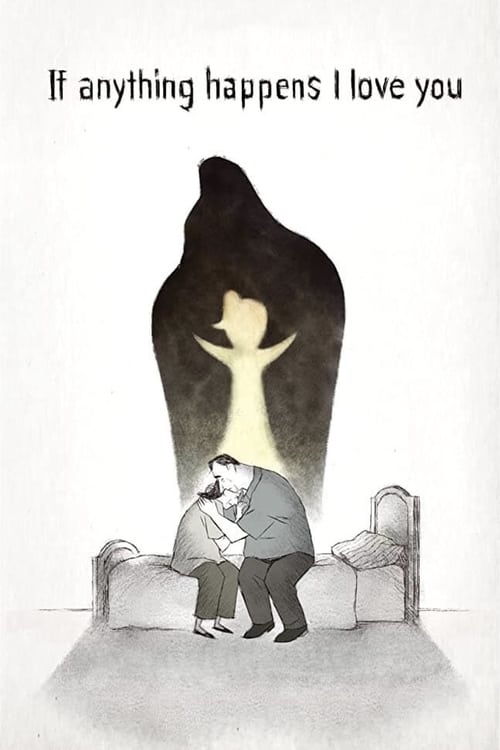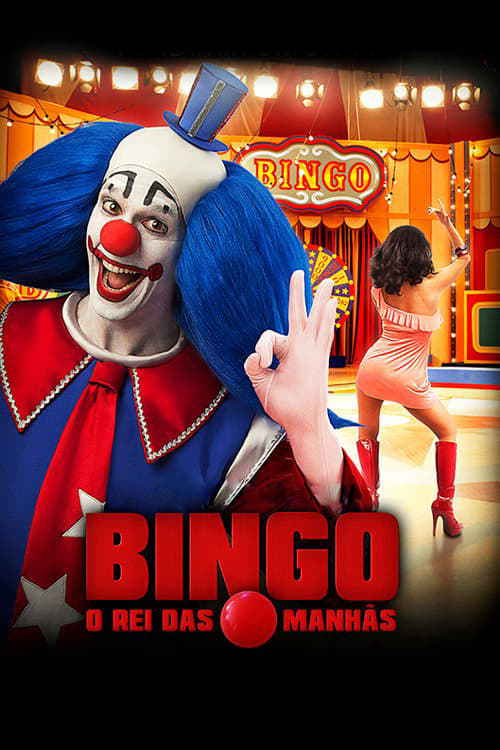
Do the Right Thing
Salvatore 'Sal' Fragione is the Italian owner of a pizzeria in Brooklyn. A neighborhood local, Buggin' Out, becomes upset when he sees that the pizzeria's Wall of Fame exhibits only Italian actors. Buggin' Out believes a pizzeria in a black neighborhood should showcase black actors, but Sal disagrees. The wall becomes a symbol of racism and hate to Buggin' Out and to other people in the neighborhood, and tensions rise.
Dialogues from Movie Do the Right Thing
Quotes from Movie Do the Right Thing
Sound Tracks from Do the Right Thing by Bill Lee
Fight the Power
Fight the Power by Public Enemy, Featured prominently throughout the film, including the opening scenes.
DJ Cut Killer
DJ Cut Killer by Cut Killer, Played during scenes showcasing the neighborhood's atmosphere.
Burning Down the House
Burning Down the House by Talking Heads, Used in a party scene to convey the building tension.
What’d I Say
What’d I Say by Ray Charles, Played during the pizza shop scenes.
The Sound of Silence
The Sound of Silence by Simon & Garfunkel, Used in reflective scenes to enhance the emotional tone.
Download App
Memorable Scenes from Movie Do the Right Thing
Mookie's Choice
Mookie, played by Spike Lee, is caught between his loyalty to his community and his job at Sal's Pizzeria. He goes back and forth over whether to throw the trash or engage with his friends. This internal struggle builds tension as the day heats up and the community's frustration grows. The pivotal moment comes when Mookie decides to throw the trash instead of aligning completely with either his boss or his friends. The aftermath shows the understanding of Mookie's complex position and foreshadows the impending crisis. His decision highlights the tension between work and community as the heat of the day rises.
Context: This moment happens early in the film, where Mookie's character is being developed and the neighborhood's simmering tensions are introduced.
Radio Raheem and his Love
Radio Raheem, a character known for his boombox and loud personality, walks through the neighborhood discussing love and hate. The pivotal moment occurs when he passionately expresses the interlinked concepts, culminating in him saying, 'Love, hate. You can't have one without the other.' The visuals are powerful as the boombox blares and illustrates how both love and hate coexist in the community. This resonates as it sets the tone for the escalating conflict in the neighborhood. The emotional weight comes from Raheem's deep love for his values and the community, highlighting the struggle everyone faces.
Context: This scene happens as the neighborhood begins to feel tension, laying the groundwork for how love and hate will drive the narrative.
The Pizzeria Altercation
In a critical scene, a group of young men confront Sal at his pizzeria after feeling that their voices and presence are ignored. The heat intensifies as names are called and tensions rise, leading to a confrontation that turns aggressive. The pivotal moment is when Buggin' Out demands to put Black faces on the wall of fame instead of Italian-Americans. This scene marks the tipping point that leads to a greater conflict later in the film. It highlights the underlying racial tensions and feelings of exclusion within the community, drawing a stark line between the residents and Sal.
Context: This scene serves as a direct reflection of the community’s anger about representation and respect in their daily lives.
MLK vs. Malcolm X Discussion
A group of friends in the neighborhood engage in a heated debate about the strategies of Martin Luther King Jr. and Malcolm X, discussing the effectiveness of their methods. The scene peaks in intensity when they passionately argue for their beliefs, revealing the fracture in community unity and differing opinions on how to resist oppression. The aftermath of this discussion leaves the characters and the audience in a state of contemplation about which path is the right one to take. It enriches the film’s overarching theme of social justice and community identity.
Context: This moment occurs as an important commentary on different approaches to civil rights, offering insight into the characters’ motivations.
Radio Raheem's Death
The film reaches a horrific climax when Radio Raheem is brutally confronted by the police, culminating in his tragic death. The pivotal moment comes when the community watches in disbelief and anger, as they lose a beloved figure to violence caused by systemic oppression. The visual of Raheem's lifeless body powerfully illustrates the consequences of racial tensions. The aftermath ignites fury throughout the neighborhood, leading to a riot that symbolizes the community’s longstanding pain and frustration. Viewers are left with a heart-wrenching sense of injustice and hopelessness.
Context: This scene acts as a catalyst for the community's uproar and highlights the dire consequences of racial violence.
The Riots
After Radio Raheem's death, the community erupts into chaos, destroying Sal's Pizzeria as a response to the violence inflicted upon them. The pivotal moment is the moment it escalates from anger to widespread destruction. With fires and shouting, the visuals depict a community pushed to its limits. The aftermath creates a stunning microcosm of societal conflict; tears of rage and loss are evident. This chaos forces viewers to confront the intense feelings of frustration and injustice faced within the community.
Context: This scene is a key moment of boiling over, encapsulating the film's themes of anger, community, and fighting back against oppression.
Mookie's Final Decision
Towards the end of the film, Mookie is faced with a daunting choice: to confront Sal about the events or reconcile. The pivotal moment is when he throws a trash can through the window of Sal’s pizzeria, igniting the riot. This action is symbolic of his struggle between his job and his loyalty to his people. The aftermath reveals that this choice creates a rift between him and Sal but strengthens his ties to the community. The scene encapsulates the emotional turmoil of choosing a side in a divided world.
Context: This decision is critical as it highlights Mookie's inner conflict and aligns with the film’s themes of identity and belonging.
Da Mayor's Wisdom
Da Mayor, the local elder, speaks to the younger generation, offering words of wisdom about dealing with anger and conflict. The pivotal moment occurs when he insists on the importance of love, showing that calmness is a better approach than violence. His gentle demeanor amidst chaos makes viewers feel his pain for the community. The aftermath is a moment of reflection as his message resonates amid unrest. This scene provides a glimmer of hope within the despair of the narrative.
Context: This moment occurs right before the climax, providing a moral compass in a turbulent environment.
The Pizza's Culture Clash
A critical scene early on takes place at Sal's Pizzeria, where the different cultural backgrounds of the characters create tension. Mookie's interactions with his Italian boss Sal reveal the clash between different communities and their perceptions. The pivotal moment shines when Sal refuses to acknowledge the importance of diversity in his pizzeria's décor. This sets the tone for the underlying conflict as it results in feelings of resentment and unfairness. Viewers grasp the deep-rooted issues of identity and representation portrayed throughout the story.
Context: This scene sets the groundwork for future tensions, addressing themes of culture, legacy, and belonging.
Tensions at the Fire Hydrant
As the heat rises in the neighborhood, a scene unfolds where children play at a fire hydrant, setting a joyous yet tense atmosphere. The pivotal moment occurs when the police show up and attempt to turn off the hydrant, leading to a dramatic confrontation. It highlights the struggle between fun and authority. In the aftermath, this highlights the divide between law enforcement and the community, capturing the struggle for simple enjoyment and freedom in their daily lives. The laughter of children mixes with the anger of adults, illustrating two sides of the same coin.
Context: This moment blends humor with serious undertones and foreshadows future confrontations.
Mookie's Relationship with Tina
Mookie's interactions with his girlfriend, Tina, play out throughout the film, reflecting complexities in relationships against a background of societal struggle. A significant moment is when they argue about Mookie's choices, demonstrating friction between personal desires and larger social issues. This emotional exchange highlights love's struggles amid a harsh reality. Their relationship becomes a microcosm of the larger conflicts, drawing in personal stakes as well as social commentary.
Context: This scene adds depth to Mookie's character and illustrates how intimate relationships are impacted by external struggles.
The Opening Monologue
The film opens with a powerful and vibrant introductory scene featuring Mookie as he walks through the neighborhood. The pivotal moment is when he talks directly to the camera, setting an immersive tone. The imagery sweeps through the streets, capturing the rich culture and life of the community. This opening sets the groundwork for themes of race, identity, and the daily grind of life. The viewers are drawn in, feeling the pulse of the neighborhood that the film encapsulates.
Context: This atmosphere-building moment establishes the film's cultural and emotional landscape right from the start.
Buggin' Out's Ku Klux Klan Reference
In a heated moment, Buggin' Out compares Sal's behavior to that of the Ku Klux Klan, underscoring the racial tensions in the film. This pivotal moment shocks those around him and deepens the conversation about racism in their environment. The aftermath shows Buggin' Out facing backlash, illustrating differing views on the subject. This comparison stays with viewers, resonating poignantly against the real systemic issues the film addresses.
Context: This powerful dialogue highlights Buggin' Out’s frustration and underscores the film's themes of inequality.
Smiley's Vision
Smiley, a mentally challenged young man, carries around pictures of Malcolm X and Martin Luther King Jr. His quest to share their messages introduces a poignant moment when he shares his vision of brotherhood to the community. The pivotal moment occurs when he presents the photos, drawing attention to their core messages. Viewers feel a sense of hope crash against the painful realities of life in the neighborhood. This moment encapsulates the desire for unity amid chaos.
Context: Smiley's character adds depth and serves as a reminder of the ongoing fight for equality and respect.
The Final Freeze Frame
In the closing moments, the film ends with a freeze frame of Mookie and Sal, leaving the audience hanging. The pivotal moment is the stillness amid chaos, highlighting their complex relationship. The aftermath leaves viewers wondering about the future, emphasizing unresolved pain. The emotions felt are mixed, containing tension, fear, and hope for reconciliation. This haunting image encapsulates unresolved issues in their relationship and the community.
Context: This closing scene encapsulates the film's complexity and ambiguity while addressing significant societal issues.
The Heat of the Day
As the sun blares down on the neighborhood, tension builds in the sweltering heat. Each character’s frustration intensifies. The pivotal moment is the sense of inevitability as everyone knows something is coming. This environment serves as a metaphor for the simmering rage within the community. The aftermath leads to escalating conflicts that manifest suddenly, turning a hot day into a boiling point. This scene captures the simmering anxiety in a powerful visual allegory.
Context: This scene uses the heat as a backdrop for emotional and narrative tension building.
The Bike Incident
During a scene at the park, an incident where a bike is thrown in frustration symbolizes larger issues of misunderstanding and cultural clashes. The pivotal moment comes when a child reacts, showcasing the divide among the community members. The aftermath invites viewers to think deeply about how minor incidents can ignite larger conflicts, demonstrating the fragility of peace. The emotions stir feelings of unease and foreshadow further troubles.
Context: This scene encapsulates how small actions can snowball into major community issues.
Pino's Racial Prejudices
Pino, Sal's son, expresses his overt racism toward the neighborhood people, providing insight into his character. His ridiculous and shocking language reveals the entrenched prejudices that exist. The pivotal moment takes place in a scene where he speaks candidly, leaving others in disbelief. The aftermath of his statements casts doubt on whether the business can be inclusive or community-oriented. Viewers are left reeling from the explicitness of his feelings, establishing a connection to the broader theme of racial tension.
Context: This moment adds nuance to Sal's family dynamics while revealing the generational prejudices that exist.
The Call to Action
A key moment arises when the characters unite to take action and address the injustices they face. The pivotal moment is when the community gathers, usually in front of Sal’s, to demand change. This communal gathering serves as a hopeful point against adversity. The aftermath of this moment shows how mobilization can inspire hope; viewers feel urgency towards social change. It connects powerfully with the film's message about activism.
Context: This scene serves as a critical spark for character alliances and communal energy.
Mookie's Reflection
In a reflective moment, Mookie takes time to process everything that has happened throughout the day. The pivotal moment is his realization of his position within the community and the choices he has made. This inward introspection heightens emotional stakes, as he weighs personal versus community loyalty. The aftermath creates a deeper connection with viewers who relate to personal conflict. This scene encapsulates the overarching themes of loyalty and identity.
Context: This moment provides resolution for Mookie’s character as he assesses his place in a fractured world.
Sal's Decision
As tension escalates, Sal is forced to make decisions regarding the future of his pizzeria in a community filled with anger. The pivotal moment occurs when Sal contemplates shutting down versus standing his ground. The emotional weight of this decision is evident, revealing his love for the community he serves yet his fear of the consequences. The aftermath showcases what it means for a business owner to reckon with the realities of the community they inhabit, bridging personal and financial stakes. This moment resonates with themes of mutual respect and community.
Context: Sal's decision-making allocates immediate pressure and provides insight into the business-owner perspective in a struggling community.
Mookie and Tina's Argument
In a heated argument between Mookie and Tina, personal emotions are deeply intertwined with societal issues. The pivotal moment arises as they confront each other’s struggles, highlighting how external pressure affects their relationship. The aftermath creates a rift that forces them to assess what they truly mean to each other. Viewers feel empathy as this scene illustrates love's complexity against a backdrop of chaos.
Context: This scene accentuates how personal relationships are deeply affected by larger societal conflicts.
Download App


